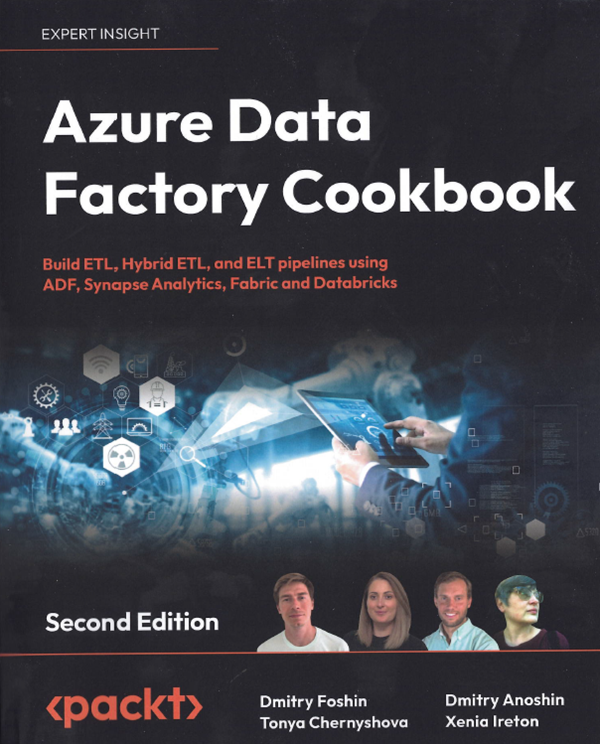
PG Down Under show 3 with guest Ryan Booz is now published!
Welcome to show 3 for PG Down Under!
Once again, I really enjoyed recording today’s show. It features Ryan Booz. Ryan is an evangelist with our friends at Red-Gate, focussing on PostgreSQL.
In this show, Ryan shares his experiences with community in relation to PostgreSQL. Next, we ventured into the challenges and benefits of being an application vendor working against PostgreSQL, and in particular, the extensibility model and how it compares to other products.
2024-07-25










